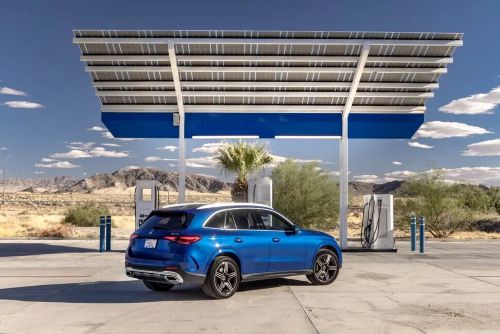


How to Charge Your EV Faster: A Practical Guide Understanding EV Charging Levels
How to Charge Your EV Faster: A Practical Guide
Topper Company, a professional EV charger manufacturer in China, delivers dependable electric vehicle charging stations and comprehensive solutions tailored to your needs.
As electric vehicles (EVs) become more popular, efficient charging is a growing priority for drivers. Whether you’re prepping for a long trip or just want to minimize downtime, charging faster can make owning an EV much more convenient.
Speeding up your EV charging involves more than just plugging in. It requires understanding your vehicle’s charging capabilities, choosing the right charger, and optimizing battery conditions. Here’s how to get the most out of every charge.
EVs charge at three primary levels:
Level 1 (120V Standard Outlet)
Charging time: 20–40 hours
Range/hour: 4–5 miles (6–8 km)
Best for: Emergencies or overnight hybrid charging
Level 1 is slow but widely accessible using a basic wall outlet.
Level 2 (240V Outlet)
Charging time: 4–10 hours
Range/hour: Up to 20 miles (32 km)
Best for: Daily home or workplace use
Level 2 is ideal for overnight charging and requires a 240V outlet like those used for dryers.
Level 3 (DC Fast Charging)
Charging time: 20–60 minutes to 80%
Power: 50kW–350kW
Best for: Road trips or quick top-ups
DC fast charging is the fastest but can degrade batteries over time with excessive use.
Your EV’s maximum charging rate determines how quickly it can charge—regardless of the charger’s capacity. For example, if your EV supports up to 50kW DC fast charging, using a 150kW charger won’t charge it any faster.
Check your vehicle’s manual or manufacturer website to find:
Maximum AC (Level 1 & 2) charging rate
Maximum DC fast charging rate
Most EVs come with a Level 1 charger, but upgrading to a Level 2 home charger is a game-changer:
Charges up to 5x faster
Reduces reliance on public charging
Saves money with off-peak electricity rates
Installing a Level 2 charger requires a 240V outlet and is a worthwhile investment for convenience and efficiency.
Battery temperature significantly affects charging speed. In cold weather, charging slows as chemical reactions in the battery become less efficient. In hot conditions, systems may throttle charging to prevent overheating.
Tips to optimize battery temperature:
Use scheduled departure/climate control to warm the battery
Precondition battery via navigation (supported by brands like Tesla and Kia)
Charge after driving, while the battery is still warm
EVs charge fastest between 20% and 80% battery capacity. Charging above 80% slows down to preserve battery health. Unless you’re taking a long trip, avoid charging to 100% daily.
Apps like PlugShare, ChargePoint, and Electrify America help locate compatible chargers, showing real-time availability, connector types, power levels, and pricing.
Instead of waiting for a low battery, integrate charging into your routine:
Charge at home overnight
Use workplace chargers
Pair public charging with errands
This approach helps avoid unnecessary delays and battery strain.
While convenient, frequent DC fast charging can shorten battery life and increase costs. Use it for road trips or emergencies and stick to Level 2 charging for daily use.Know more about Google SEO Directory
